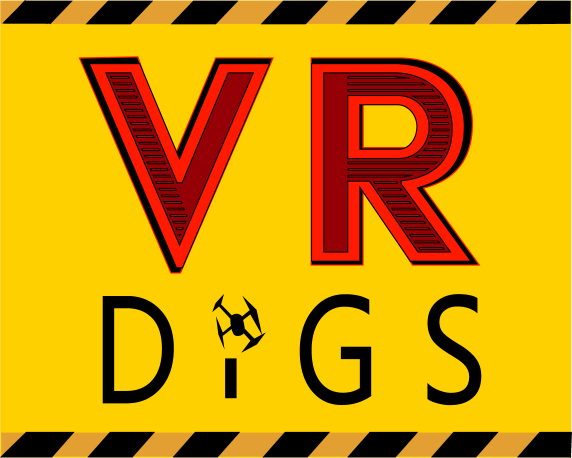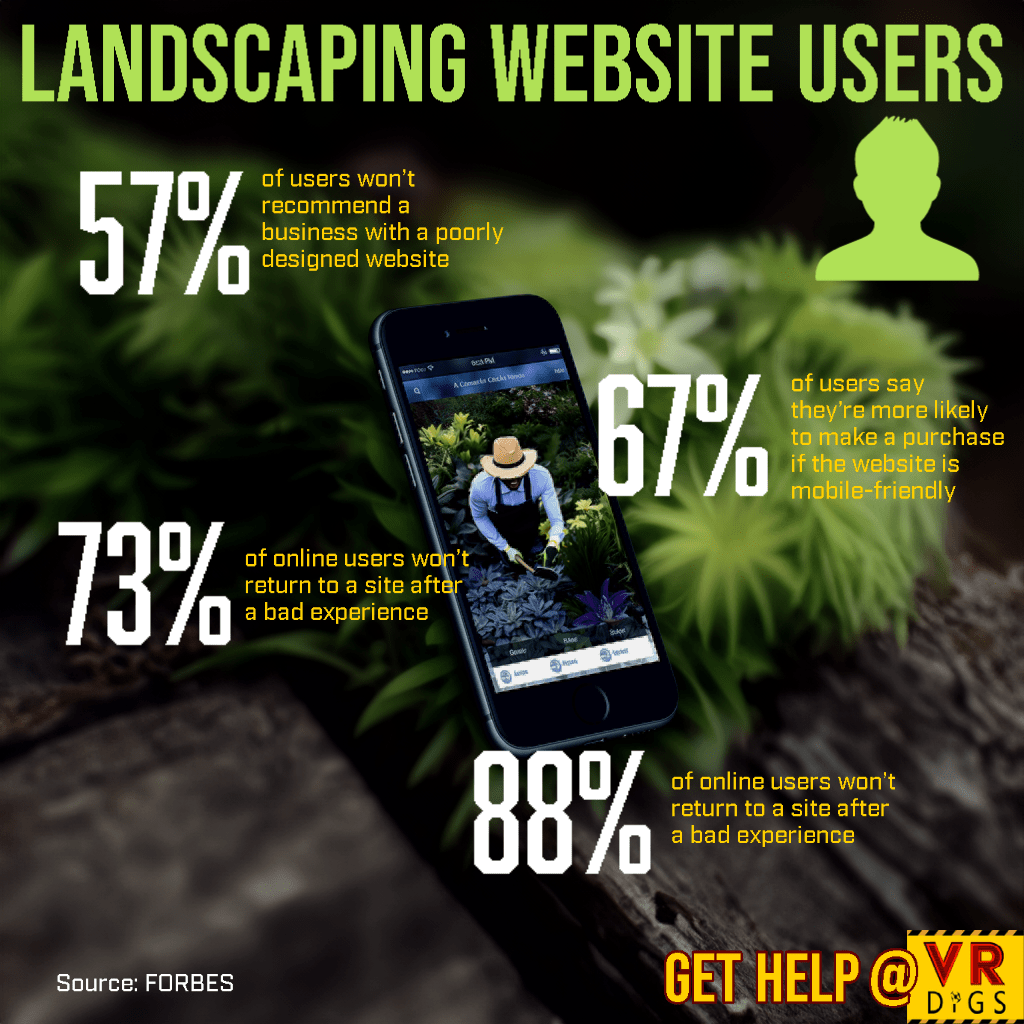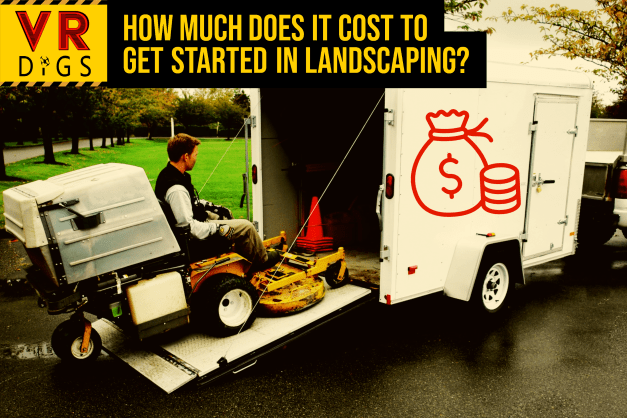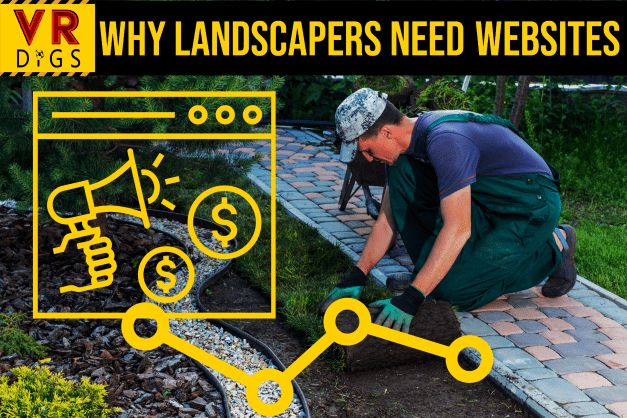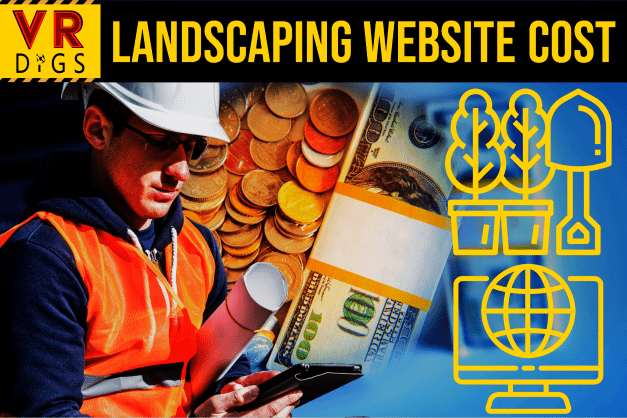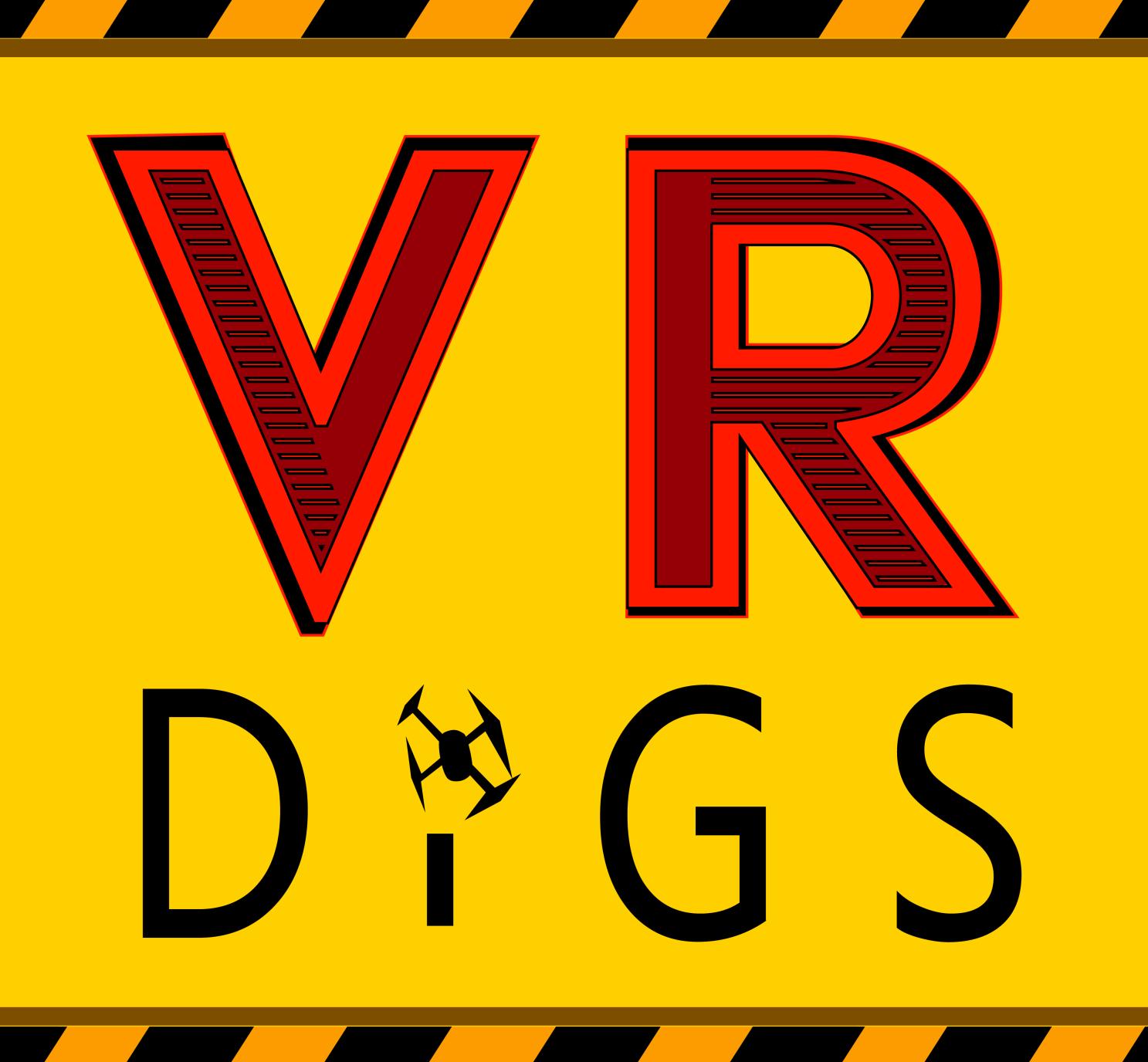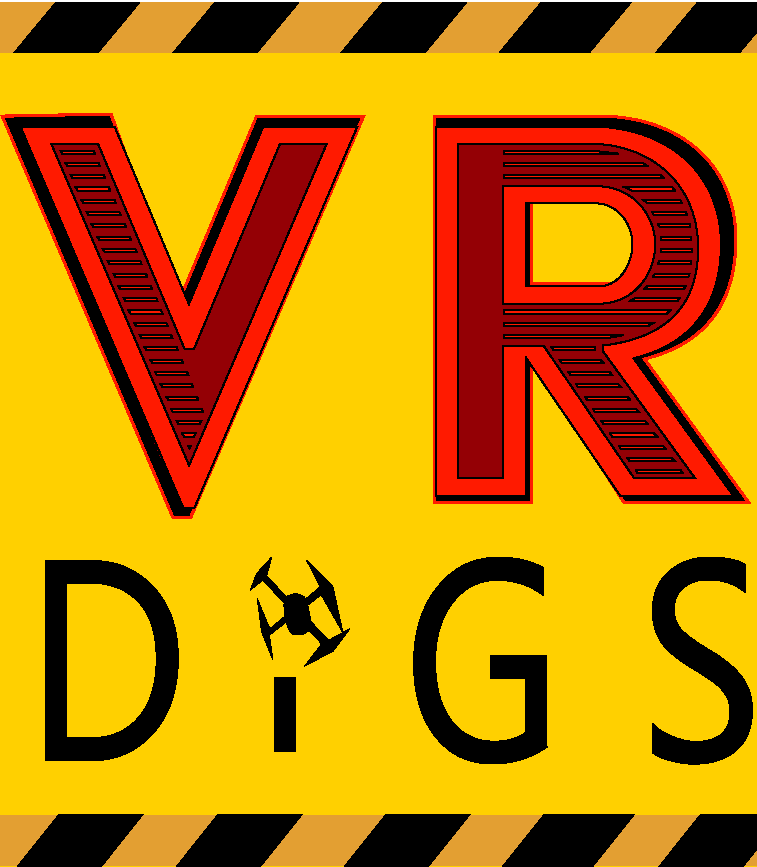Professional Landscaping 101: What Tools Should Landscapers Have?
November 24, 2022
Like any other trade, having the proper tools you need to do the job effectively can make all the difference while growing a successful landscaping business. Without the proper tools, the quality you can deliver to your customers will suffer and you won’t be efficient out in the field. While this is now means meant to be an exhaustive list or in-depth explanation of each tool; this guide is meant to introduce new landscapers to everything you should be thinking about while just getting started booking your first jobs.
Imagine using a pair of scissors to cut a patch of grass. Or how about using a spoon to dig a hole? There's also a saying that goes on like: "You're only as good as the tools you use." In landscaping that saying holds true. Of course, there will be instances when you will have to make do with what you have - especially in the beginning. But as you grow and you’re able to afford to reinvest your profits, money well spent is on tools that will help you take on bigger jobs, get them done faster, and make more money with less time and effort.
With the right
professional landscape tools, you'll be able to produce great results that your clients will want more of. This will ideally result in repeat business and referrals - snowballing your growth even further. So if you're considering venturing into the landscaping industry, or just getting started building out your tool inventory, here are some of the must-have tools every landscaper should be carrying.
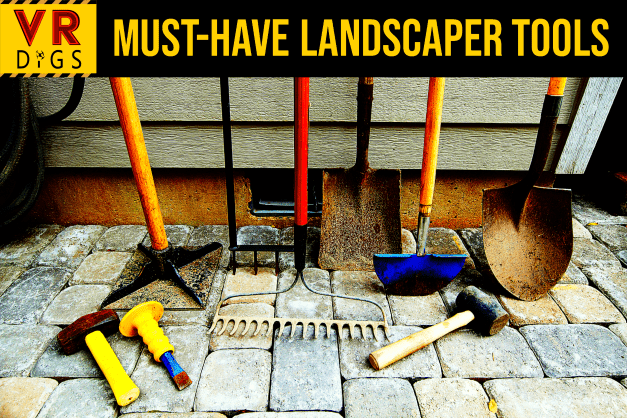
A Professional Landscaper Needs a Truck
Showing up to your client’s property in a 2-door sedan with rakes and shovels sticking out of the side windows and a mower falling out of your trunk is not the first impression you want to make. This unprofessional appearance is a red flag that will immediately start your customer relationship off on the wrong foot. Adding to that, it is very unlikely that you will win any interest from neighbors who will also see this as off-putting spectacle.
Full-size 4x4 Pickup
When you're talking about perfect landscaping vehicles to be used for transporting tools, equipment, and crew members - it’s hard to beat a full-size 4x4 truck. A truck is what most people associate with professional landscaping and for good reason. While the 4-wheel drive is absolutely necessary, the extra traction may help in certain off-road situations such as backing up to unload at a hard-to-reach spot on-site.
The truck bed is easily accessible and long enough for most hand tools to be quickly loaded and unloaded while traveling from job to job. You can also transport small landscape material loads like mulch, sod, and fill dirt in the bed of a truck. Let’s see you do that in your mom's Honda Civic! If you're doing any debris removal or tree work, a truck can also help haul away yard waste, which can be secured with ropes, netting, or tarps.
The other benefit of a full-size truck as compared to a smaller vehicle is the increased towing capacity for towing a trailer. If you end up expanding your lawn maintenance portfolio, you will likely eventually want to buy a zero-turn mower to speed up cut time at each property. This is going to require a trailer and hence, a truck powerful enough to tow it safely.
Diesel Truck
You may also consider an upgrade to something with even more horsepower like a heavy-duty diesel depending on what you plan on towing, estimated travel distance, and terrain. This really comes down to budget and availability as in most instances, that extra power will come with a bigger price tag and added fuel costs.
Box Truck
Box trucks may be a great option for you as well and have the added benefit of keeping your equipment dry during unexpected rain. They also negate the need for a cargo trailer as they can lock and keep your expensive tools safe from any opportunistic thieves.
Must-Have Landscaping Hand Tools
As mentioned earlier, there are a lot of hand tools out here, but we'll do our best to list some of the most essential and commonly used items. Depending on your location and the type of work you do, this list could be different. As you figure out your regional, and seasonal demands, and the nuances of each of your properties/projects, you will likely develop your own techniques and routines including your own list of what job types need which tools. Here’s the list with a very brief description of each:
Flexible Steel Rake
This quintessential tool helps you corral leaves, excess plant material, grass clippings, and anything else small you need to “comb” off of the ground without damaging turf.
Hard Steel Rake
This tool is often used to separate rocks, sticks, or other larger, harder materials from soil or grass. It can also be a great tool for leveling out gravel or fill dirt.
Square Point Shovel
These tools are mainly used for moving loose material, breaking up clumps of soil, and transporting dirt. These shovels are great for scooping up material off of a flat surface.
Edging Shovel
If you do a lot of lawn maintenance, this tool is great for setting edges and defining clean lines in your landscaping.
Spade Shovel
Spades are best used to dig compact dirt. The pointed edge helps penetrate thick material. This tool is a must-have when doing plant installs and most other landscaping work.
Wide Scoop Shovel
The shovels are often made of hard plastic or aluminum and feature a wide mouth that allows for materials to be swept or raked into the collection surface, making for an easy lift into a larger container.
Shears
Heavy-duty scissors-like blades that are used to cut small branches. Shears also make it easier when shaping or trimming hedges and bushes.
Loppers
Similar to shears, loppers have longer handles, so you'll be able to cut thicker branches cleanly.
Soil Tamper
These tools are used to pack materials such as soil, gravel, sand, etc. They can also help with leveling uneven ground.
Lawn Aerator
Aerators do the opposite of tampers; they break up hard clumps of soil and other materials making it easy to manipulate material when planting or gardening.
Tarp or Barrel
These "do it all" tools can be used while either collecting/moving/delivering materials to a job site, or removing materials from a job site.
Wheel Barrel
One of the first great inventions of mankind still has a million uses for landscapers today. Transporting plants and materials over uneven surfaces is much easier with a strong landscaper and a good-quality wheel barrel.
Gas-Powered or Electric Landscaping Power Tools
While we will save the debate about electric versus gas for another day, but many modern landscapers will usually have some combination of gas AND electric power tools. These high-powered pieces of equipment are for heavier, more demanding tasks or repetitive tasks such as cutting grass, tree branches, job site cleaning, etc. Here are some examples of these types of tools:
Lawn Mower
Used to cut grass. Differing run times, blade sizes, turning radius, and attachments for cleaning up clippings can all factor into choosing the right mower for you.
String Trimmer
These tools are great for cutting weeds and grass from the edges of lawns and won't damage most hard surfaces like concrete.
Leaf Blower
This tool is primarily used to move fallen leaves off of lawns or plant beds, or clear grass clippings off of concrete or paved surfaces.
Chainsaw
These powerful cutting tools are commonly used to fell downed trees and cut troublesome tree limbs.
Essential Landscape Marketing and Business Tools
While some of the tools listed previously may seem obvious, especially to a seasoned landscaping worker just venturing out on their own - the next group of tools may not be so obvious. The following list of items are things a landscaping business owner needs to have in place. These are the bare minimum business and marketing tools you will need to communicate with your customers and plan your landscaping operations.
A Friendly and Professional Demeanor
Professional landscaping is built on relationships. If you are unpleasant or unreliable to deal with, you won’t be in business for long. There are too many DIY options and competitors out there for anyone to deal with unprofessional or rude service. Take care of your customers, be honest, and communicate well or you will quickly be replaced.
Business Cards
Most of your early business transactions will likely be done with a handshake. It’s at this moment you want to have a business card to pass along to your new or prospective customer that contains your contact information at a minimum. Don’t worry too much about a fancy logo or list of every service you can provide. These early customers will remember you by your name, face, and how you engaged with them. You can upgrade to fancy stuff later, but for now, just focus on making sure the information on the card is easy to read and accurate.
Cell Phone
This might seem like a no-brainer, but what we want to focus on is maintaining a consistent cell phone number. Even more important than a 5G device that can 3D scan and teleport information to the metaverse, a reliable cell phone number that doesn’t keep changing over time is so important for your customers and your evolving marketing efforts.
Nowadays, you really should also have a phone with a decent camera. Sharing your pictures online is going to be a critical component of building your reputation and winning more jobs. You don’t have to break the bank for all the bells and whistles, but you also want to make sure you can showcase your work with good high-quality images if you can afford it.
Business Email Address
Just as important as keeping a reliable phone number is setting up a business email address. The email you made for your dating profile, or the one you customized for fantasy football probably isn’t the best to share with clients for several reasons. You can easily make a simple, professional email that is unique and will be easy for customers to remember. Think of something like FirstnameCitynameLandscaping@gmail.com if you can’t come up with something better than that. Again just be sure that it will be consistent, something that makes sense, and something that is ideally easy to remember.
This will likely be how much of your landscaping business is done at the beginning. Sharing documents, accepting payments, etc - most of these types of things can be done through email so make sure you get this one right and that you are putting forth the professional appearance you want people to see when deciding whether they should do business with you.
Website or Business Profile
Another less-obvious tool you should have as a landscaper is a website. With a website, you'll be able to attract more clients, raise your reputation, and have a platform to conduct business through. Of course, this expense may be out of reach if you are just starting out on your own, but today there are many simple and affordable website options out there.
At the very least, you must establish a social media profile or business directory listing that lists your contact information and some basic details about your business. These free alternatives can replace a website at the beginning, but you will eventually want to transition to an actual website to enhance your professional presentation as you grow your business.
Digital Calendar
There are lots of free options for online calendars as well. Many options like Google, will also integrate directly with your email address making it easy to transfer information from email conversations into your operations schedule. Use your calendar to input important information about your customers, projects, and of course dates/times/locations.
Most online calendars make it easy to share information with others using their email address so this is an easy, free way to ensure that any crew members you add to your team will also be able to see project details and even add additional information.
Conclusion
Landscaping is a very rewarding industry to be in. Aside from big returns, you get to see your work's beauty. However, you need the proper tools to start delivering great quality work. Although this list is incomplete, the tools mentioned above are some must-haves for those wanting to get into the landscaping industry and want to give themselves the best chance at succeeding right out of the gates.
About the Author
Brandon Sierra is the Owner and Founder of VRDigs.com He has managed over 150 contractor websites to successfully rank on the 1st-page of Google. Before completing his Masters in Interactive Media from Quinnipiac University, he served as a Navy photographer. He has also studied Landscape Design at the New York Institute of Art and Design, and Inclusive & Sustainable Landscapes at Wageningen University and Research. You can learn more about his career or connect with Brandon on LinkedIn.
